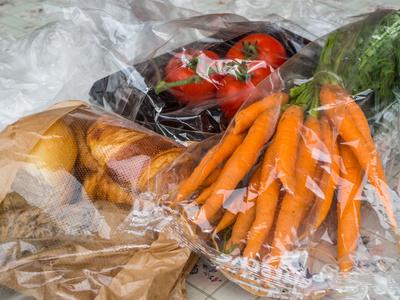
Today, the health-conscious woman looks closely at all products, very specifically checked for the content of BPA.
Not long ago, the topic became explosive, with the realization that BPA is harmful to health.
But right now the topic of BPA is on everyone’s lips again, after random samples showed that BPA is transferred to food via food cans.
Often, however, one does not even think where this questionable substance can sneak in everywhere. Unfortunately, in a frightening number of products for everyday use! Not all manufacturers and especially not the politicians have reacted yet.
Thermal paper, tin cans, dishes for microwave, div. Packaging, toys, bottles, plastic dishes, pacifiers, dental fillings, etc.
Most grain mills offered today have a grinding chamber made of plastic.
When buying a grain mill, you should ask yourself what plastics the grinding chamber is made of. Is the material guaranteed BPA-free?
In the grinding chamber, the grain is ground by the millstone, which rotates at approximately 1,200 revolutions per minute.
The grinding chamber is only a few centimeters in size and the grain rubs against the side walls.
With a wooden grinding chamber, after some time you can clearly see the traces of friction. Especially when grinding hard, large grains.
A wooden milling chamber has the advantage of avoiding electrostatic charging of the flour.
Many housewives today again resort to the traditional wooden cutting board. The fact that a cutting board made of plastic should be more hygienic than one made of hard wood has already been refuted.
We recently started an interesting experiment and ground the same amount of wet grain with 2 different mills.
In our mill there is a grinding chamber made of wood, in a second mill there is a grinding chamber made of plastic.
After a few days we were surprised what we found in the grinding chamber!?
Address:
Gasteigweg 25,
5400 Hallein
Austria
Opening hours:
Monday to Thursday: 09 – 16:00
Friday: 09 – 12:00
Contact:
Phone: +43 6245 83282
E-mail: info@agrisan.at
Address:
Gasteigweg 25,
5400 Hallein
Austria
Opening hours:
Monday to Thursday: 09 – 16:00
Friday: 09 – 12:00
Contact:
Phone: +43 6245 83282
E-mail: info@agrisan.at

